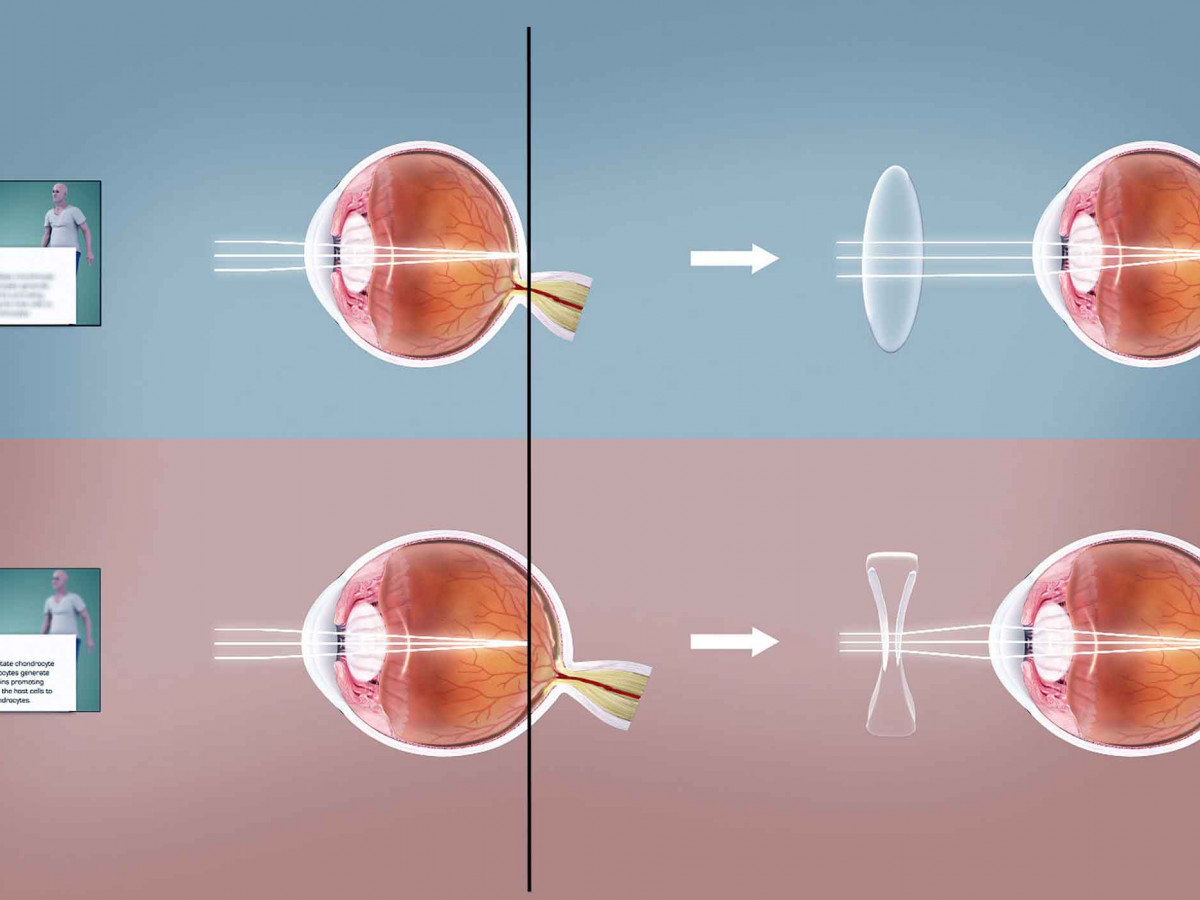
Vision depends on precise light focus. Blurry vision may result when light does not focus directly on the retina. Each eye condition alters how light enters. The shape of the eyeball or cornea changes how images are processed. Clear sight requires perfect refraction alignment. Without it, the brain receives distorted input. Not everyone experiences the same distortion pattern. Understanding those differences is essential in diagnosis.
In myopia, light rays meet in front of the retina rather than on its surface
Nearsightedness is the most common refractive issue. In myopia, light rays meet in front of the retina rather than on its surface. Distant objects appear blurred while nearby ones remain sharp. Elongated eyeballs often cause this focus error. Corneal curvature may also contribute to early onset. Myopia often begins in childhood and worsens over time. Screens and limited outdoor activity may affect development. Glasses or contact lenses shift the focus point back.
Hyperopia pushes the light rays to converge behind the retina
Farsightedness presents opposite symptoms. Hyperopia pushes the light rays to converge behind the retina. Close objects become harder to distinguish. Younger eyes may compensate using extra effort. That effort leads to eye strain or headaches over time. Hyperopia stems from shorter eyeball length or flat corneas. Children may outgrow mild cases with development. Adults often require correction for reading or computer work. Lenses move the focus forward for clearer nearby vision.
Astigmatism creates uneven focus due to irregular curvature of the cornea
Astigmatism introduces directional distortion. Astigmatism creates uneven focus due to irregular curvature of the cornea. Vision blurs at all distances with shadowed or stretched shapes. The cornea may curve more steeply in one axis. This asymmetry splits the light path into multiple points. Individuals might struggle with night vision or bright lights. Squinting and frequent blinking signal adaptation efforts. Cylindrical lenses correct that directional difference.
Prescription lenses compensate for faulty angles and bring images into proper alignment
Corrective tools address refractive deficits. Prescription lenses compensate for faulty angles and bring images into proper alignment. Concave lenses help myopic eyes by diverging incoming light. Convex lenses assist hyperopic eyes by converging light earlier. Cylindrical lenses correct the specific axis in astigmatism. Accurate prescriptions rely on retinoscopy and subjective testing. Regular evaluations keep the correction aligned with changing needs. Optical aids require updates as eyes evolve.
Laser procedures reshape corneal tissue to modify how light is refracted
Some choose surgical alternatives. Laser procedures reshape corneal tissue to modify how light is refracted. LASIK removes layers to flatten or steepen corneal curves. PRK uses surface ablation instead of creating a flap. Both methods target precise reshaping zones. Recovery varies depending on corneal thickness and healing speed. Not all patients qualify for laser correction. Eye stability and dryness influence candidacy. Long-term outcomes often reduce dependency on lenses.
Children with untreated refractive errors may struggle with reading and attention
Early detection is critical for development. Children with untreated refractive errors may struggle with reading and attention. Visual discomfort can mimic behavioral issues. Teachers might misinterpret signs as distraction. Eye exams reveal focusing delays or letter skipping. Corrective lenses improve classroom performance and self-confidence. Pediatric screenings should begin before school age. Refractive stability may shift rapidly in growing eyes.
Adults might adapt to mild refractive changes without realizing the gradual decline
Symptoms can be subtle in adults. Adults might adapt to mild refractive changes without realizing the gradual decline. Headaches or fatigue signal eye strain. Some dismiss symptoms as work-related stress. Over-the-counter glasses may not match prescription needs. Self-prescription leads to inconsistent clarity. Optometric evaluation distinguishes underlying causes. Age-related lens stiffening can introduce new errors later in life.
Night driving may become harder when astigmatism scatters light from headlights
Environmental lighting affects symptoms. Night driving may become harder when astigmatism scatters light from headlights. Halos or glare distort road perception. Contrast sensitivity decreases with poor refraction. Glare-resistant coatings help reduce interference. Some lenses adjust tint dynamically under varied light. Drivers should check their vision yearly for safety. Uncorrected errors contribute to misjudged distances.
Digital eye strain can worsen undetected refractive problems in screen-heavy routines
Modern habits influence eye stress. Digital eye strain can worsen undetected refractive problems in screen-heavy routines. Prolonged focusing increases discomfort. Eyes may dry out or lose alignment temporarily. Blurred vision and double images become more common. Breaks and blinking help manage symptoms. Correct lens use reduces digital fatigue. Ergonomic setups further ease focusing demands.
